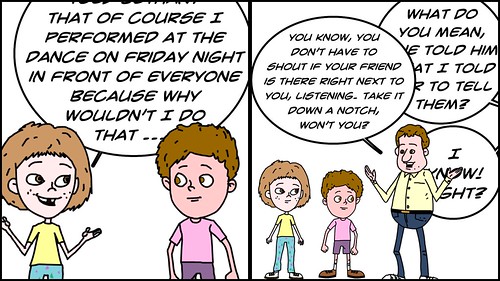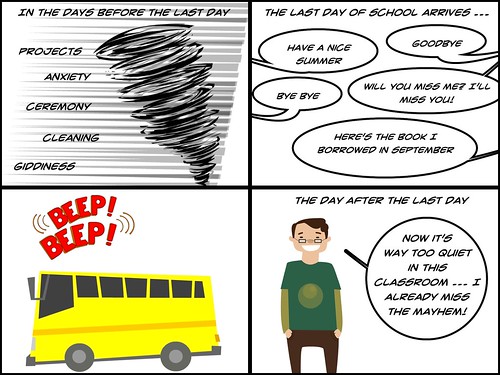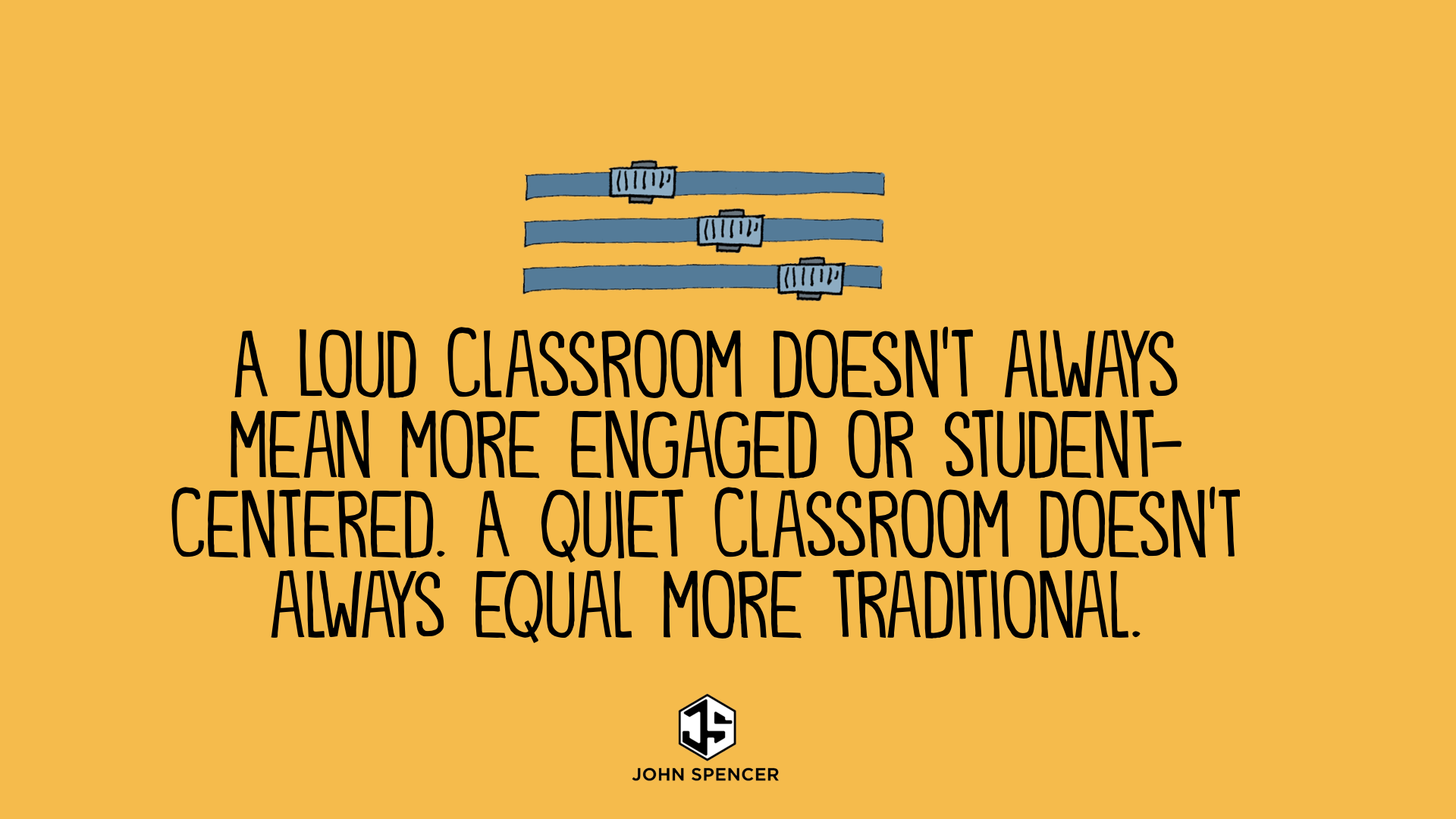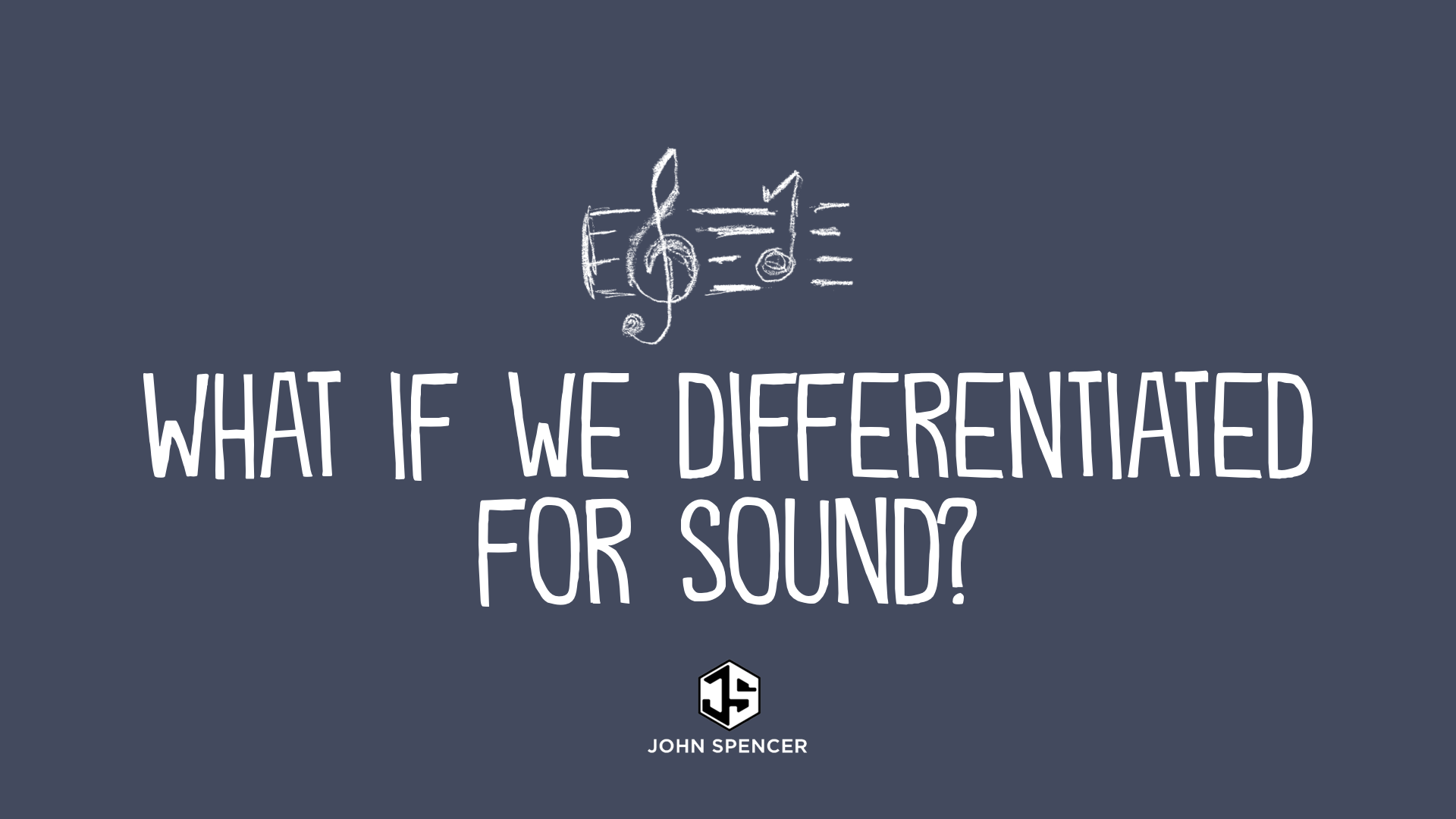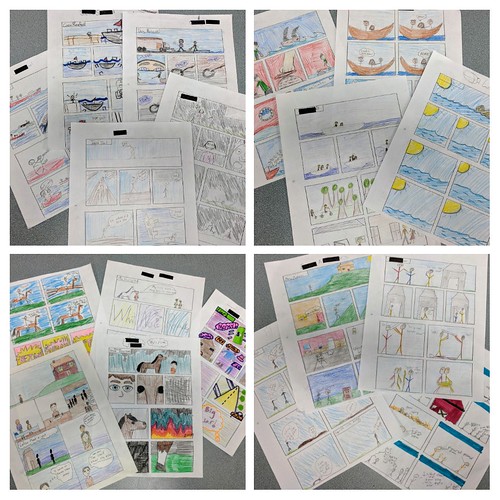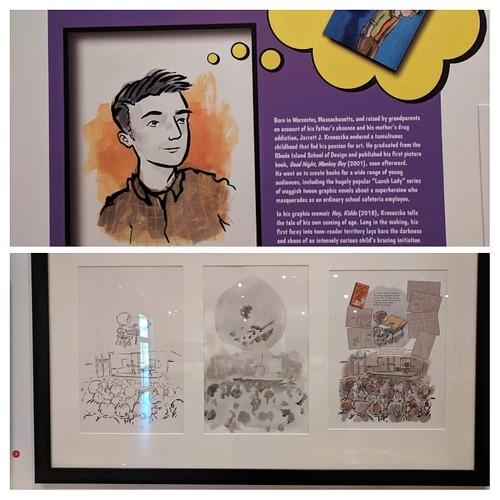 (Slice of Life is a month-long writing challenge to write every day in March, with a focus on the small moments. It is hosted by Two Writing Teachers. This year, I’m going to pop in and out, but not write daily slices, as I did for the past ten years of Slice of Life. You write, too.)
(Slice of Life is a month-long writing challenge to write every day in March, with a focus on the small moments. It is hosted by Two Writing Teachers. This year, I’m going to pop in and out, but not write daily slices, as I did for the past ten years of Slice of Life. You write, too.)
One family told the story of their child, our student, breaking their bedroom television and then suggesting to the parents that they not replace it. Another said they had curtailed time spent on it after listening in to conversations. Another said they were going home right after our meeting, to delete the program. Another admitted they did not know much about what their child was doing in it but they witnessed a change in personality that worried them.
The video game of Fortnite unexpectedly became a theme of conversations across meetings with families last night for our spring conferences, each time brought up by the parents and not by us teachers. Clearly, for many families, the Fortnite phenomenon is causing concern over the emotional health of their children and the impact on school.

I am usually one of those who argues that there are some virtues in many gaming platforms, and I have constructed an entire teaching unit around video game design as a way to help my students see gaming as a possible way to compose in a media storytelling mode, to shift them from player to builder.
Of course, I’ve watched as Fortnite became the “go to” game for many, girls and boys, over the last year or so. I even wrote a few times about the noticing the emergence of Fortnite.
There are some positives to Fortnite worth knowing. It is a communal experience, where players often work in teams to help each other survive. The violence of the dying, while baked into the game, is not often explicit, unlike some games where the blood and gore of killing and dying can be alarming. There are easy entry points into the game, and it is cross-platform.
But … it has become clear that the social aspect of the game — particularly the chat function of social interaction — can also be its worst feature, as gamers use the physical distance from each other, and the possibility of unaccountability for language and words, to create a negative element to an addictive environment (Fortnite developers are brilliant in leveraging the many psychological ways to keep players, playing, for hours.). All the things one may worry about — bullying, peer pressure, profanity, etc. — now seem to play out in the Fortnite battlefields, and sometimes spill over into the school day.
In a few cases, teachers and parents could delineate either a decline in work quality (child started using Fortnite) or an increase in quality and happiness (child stopped using Fortnite) so clearly that it was rather startling, to be honest. It’s a small sample pool, to be honest, but still … something to mull over.
I’ve noticed the trend of playful remarks about Fortnite shifting this year into more negative, cutting remarks about playing ability and skins and more. It may just be this particular cohort of students — and there are one or two students who clearly are the leaders, admired by others for their Fortnite prowess yet more negative than positive to others, using their social cache in the game platform in all the wrong ways. When a handful of parents all bring the game up in a school conference, it suddenly feels as if we as teachers should find a way to address it.
I intend to gather more resources about screen use and game effect on growing minds and on Fortnite, in particular, in hopes of making a resource for parents who may be struggling with this issue and need a way to have a conversation at home. And I will be thinking of how I might use our upcoming Argumentative Writing unit to tackle Fortnite.
If you have ideas or know of resources, please leave them in the comment bin. Thank you.
Peace (turn off to turn on),
Kevin


